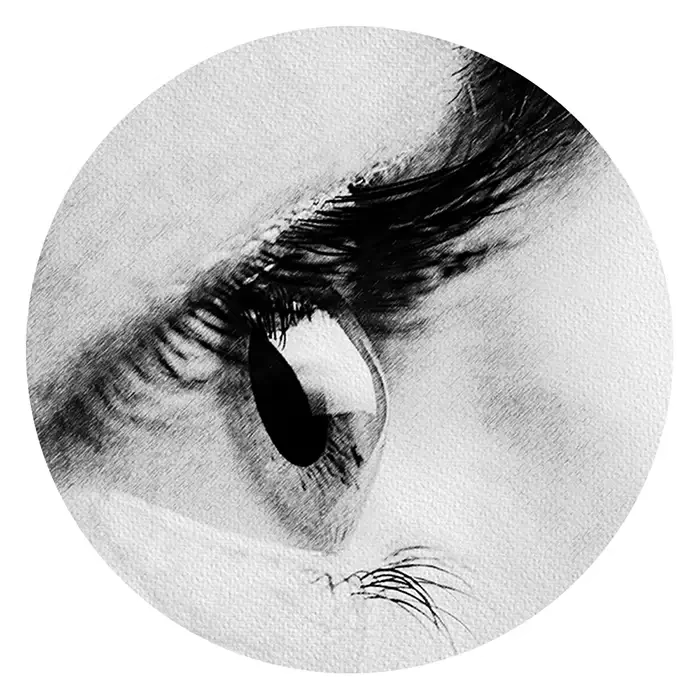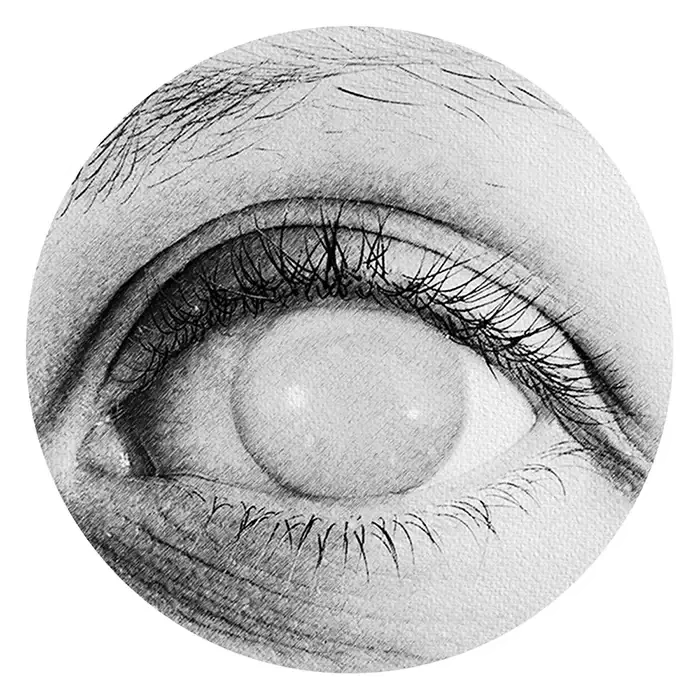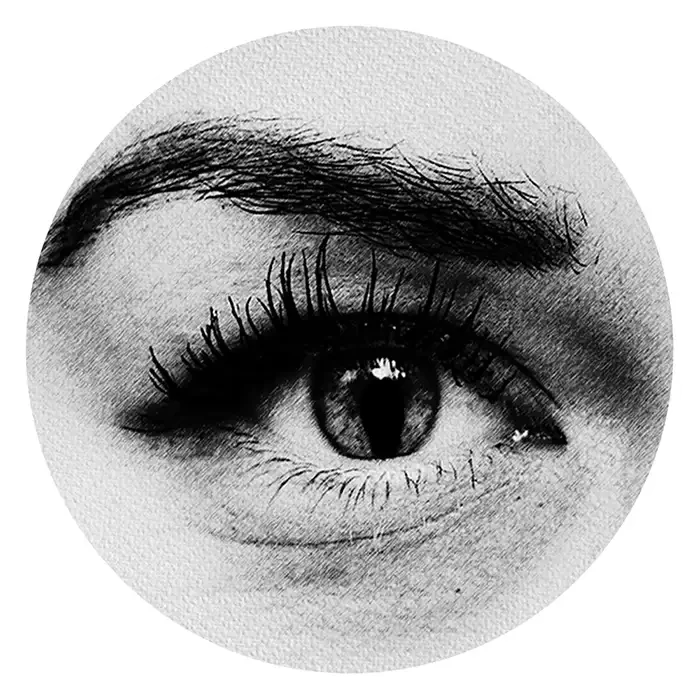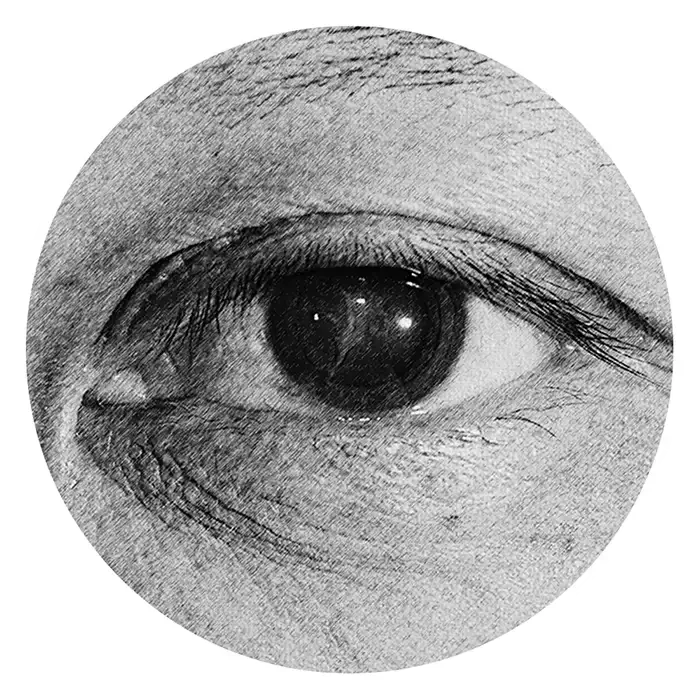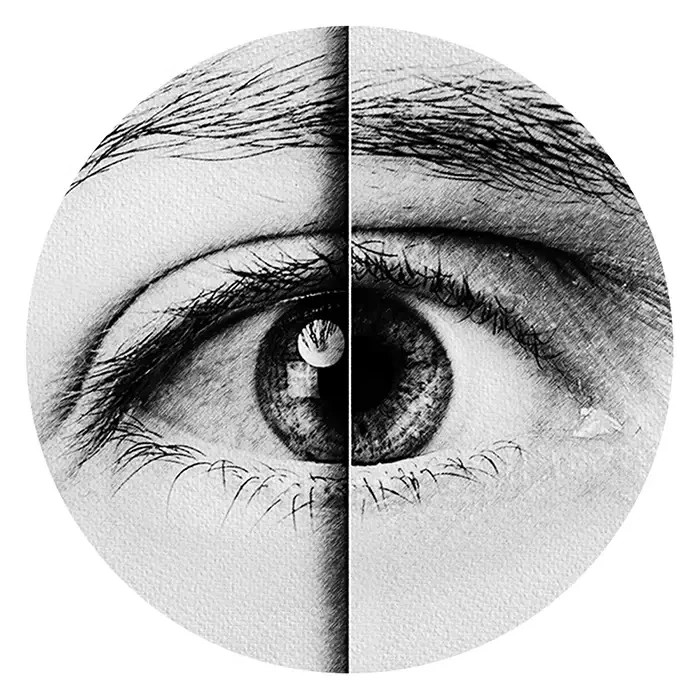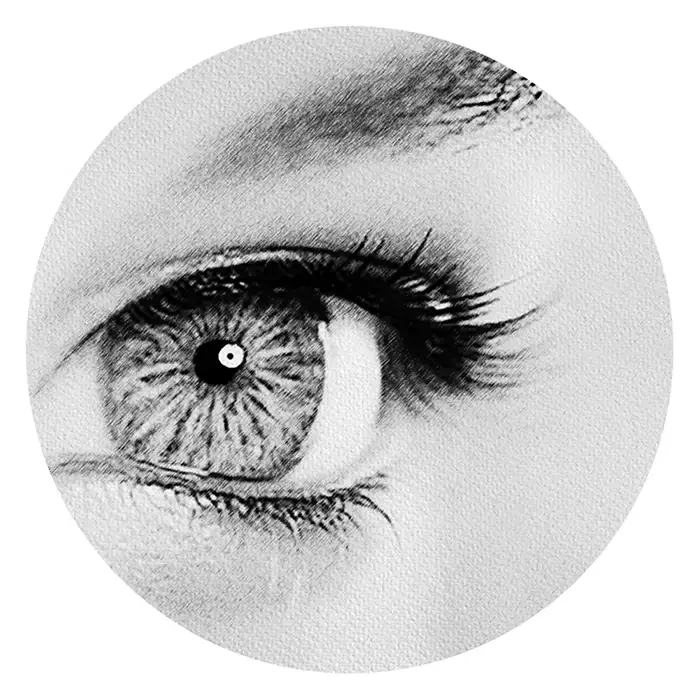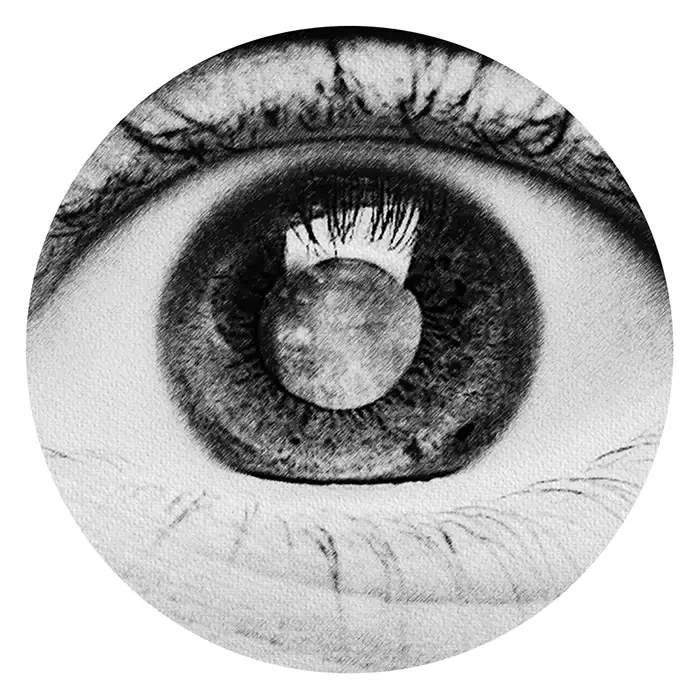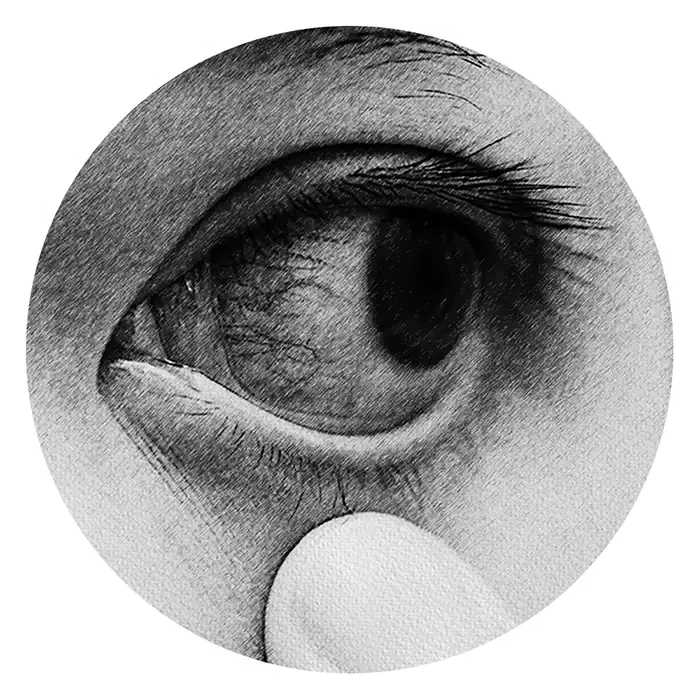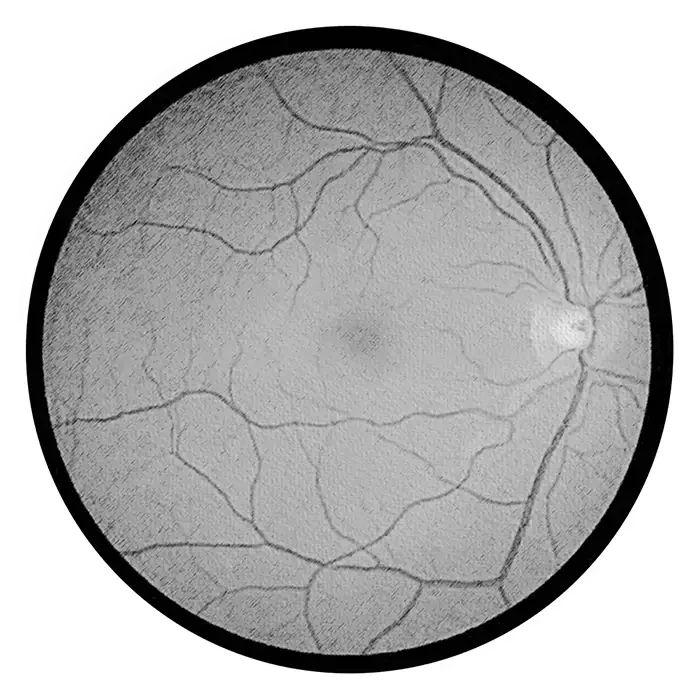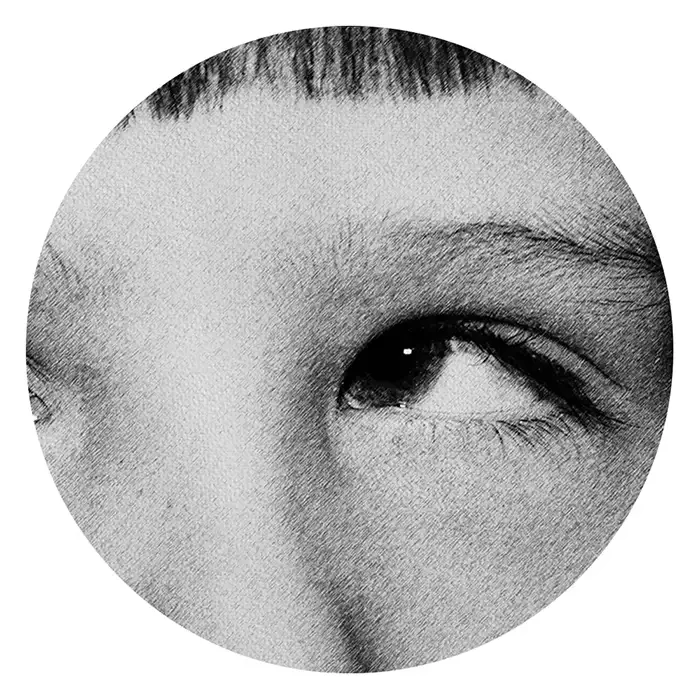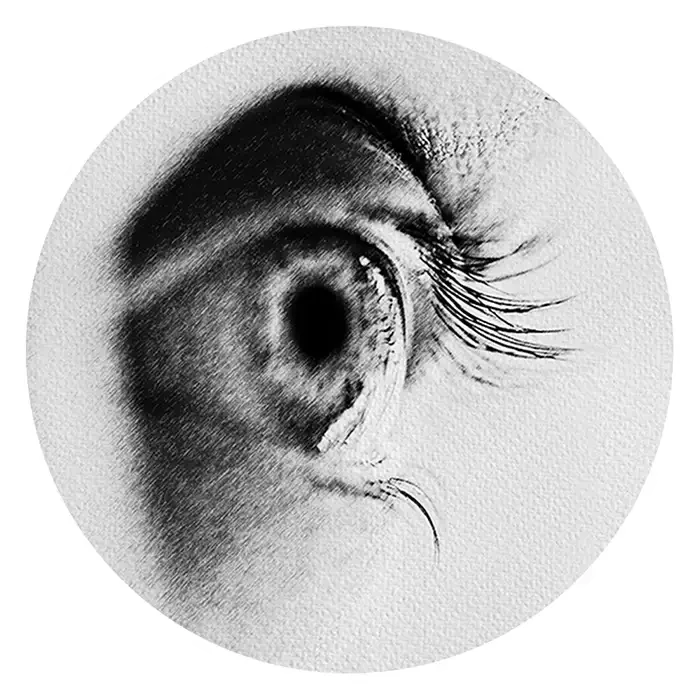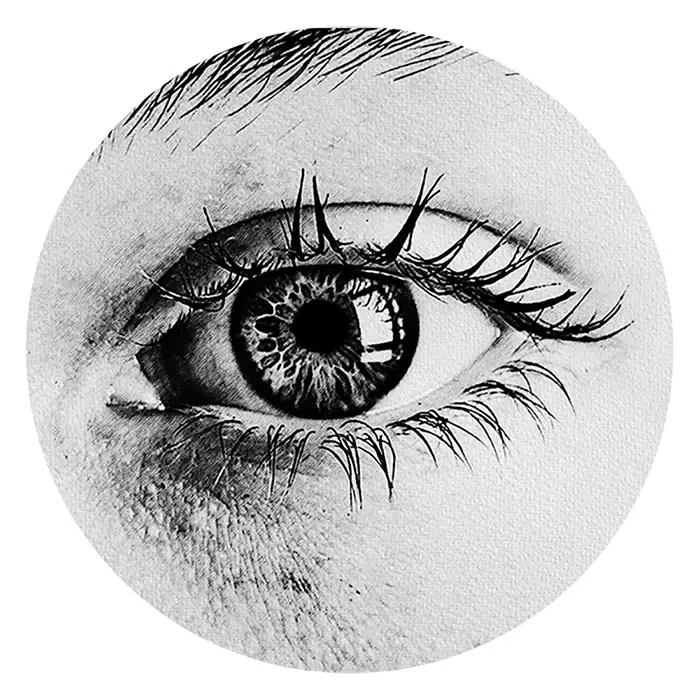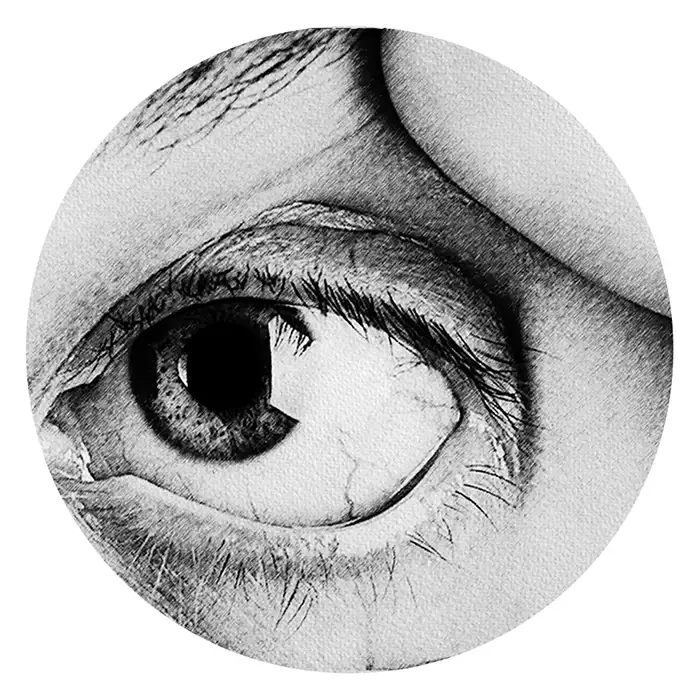Sources Program #5: Eye Diabetes and Associated Disorders
Eye Diabetes and Associated Disorders encompass a range of ocular complications arising from diabetes mellitus, a chronic metabolic condition affecting blood sugar levels. Retyne Program 5 is dedicated to addressing these specific issues comprehensively, acknowledging the complex interplay between diabetes and ocular health.
Diabetic cataracts are a common complication, characterized by clouding of the eye's lens due to prolonged exposure to high blood sugar levels. Diabetic glaucoma refers to increased intraocular pressure, which can damage the optic nerve and lead to vision loss. Diabetic macular edema (DME) involves swelling of the macula, the central part of the retina, resulting in vision impairment.
Diabetic neuro-ophthalmopathy encompasses various nerve disorders affecting vision, including diabetic papillopathy, which involves swelling of the optic nerve head, and diabetic retinopathy, a leading cause of blindness worldwide. These conditions result from damage to the small blood vessels supplying the retina, leading to leakage, hemorrhages, and eventually, vision loss if left untreated.
Retyne Program 5 utilizes specific frequencies and energy wavelengths tailored to address the underlying pathophysiology of diabetic eye complications. By targeting inflammation, improving blood flow, and promoting tissue regeneration, this program aims to alleviate symptoms, slow disease progression, and preserve vision in individuals with diabetes. The inclusion of frequencies specific to diabetic cataracts, glaucoma, macular edema, neuro-ophthalmopathy, papillopathy, and retinopathy ensures a comprehensive approach to managing these sight-threatening conditions, offering hope for improved ocular health and quality of life.
The Retyne Mask is equipped with a Standard Controller upon shipment, containing 50 frequencies organized into 5 distinct Groups:
For Eye related Diabetes and Associated Disorders, the Retyne mask employs Program #5, categorized as a "General" Group, compatible with themask 's accompanying Controller. The following list enumerates these disorders, along with brief justifications for their inclusion in Program #5. This Group encompasses specific frequencies or frequency ranges deemed optimal for treating the respective eye disorders.
Bioresonance testing and research have identified specific frequencies within Program #5 that demonstrate efficacy in treating a diverse range of eye disorders, despite their seemingly unrelated nature. As a result, certain eye disorder frequencies within Program #5 have been included to accommodate these shared frequency characteristics.
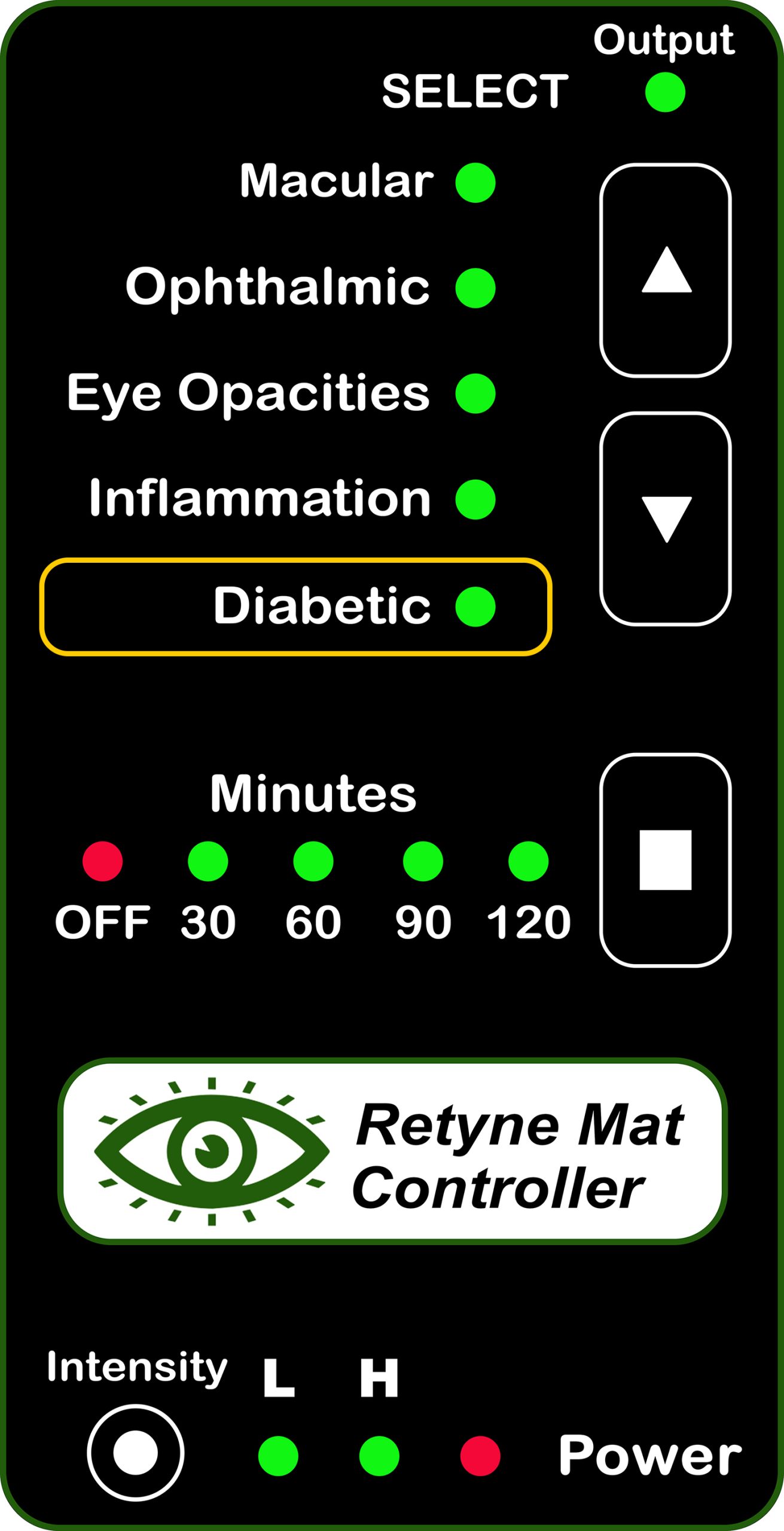
Some Program #5 eye disorders consist of multiple symptoms, so can be used in conjunction with one of the other 4 available controller programs, or use a specific group with the RDPV4 machine. This group may be marked “Specific Group” or “Alternate Group” and the program can be accessed through the menu on the RDPV4 machine. The Retyne Light mask can be directly connected to the RDPV4 machine to utilize Specific Group settings, eliminating the need for the controller.
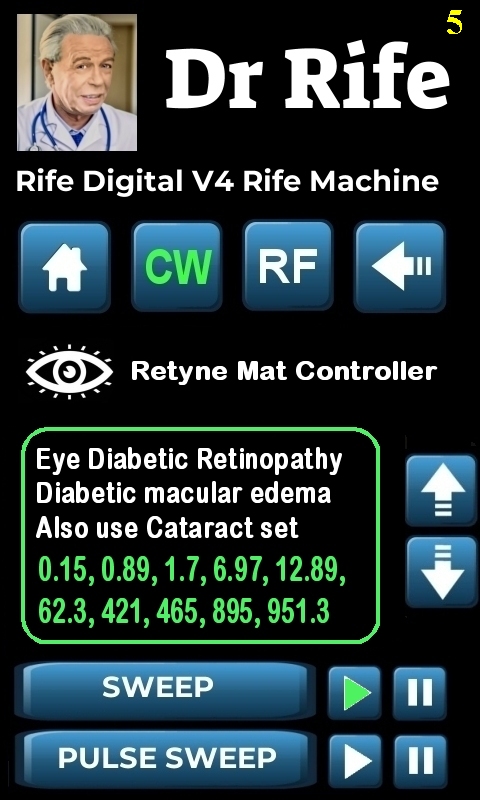
Eye disorders appropriate for categorization in Group #5 Program
Note: Some Program #5 eye disorders consist of multiple symptoms, so can be used in conjunction with one of the other 4 available controller programs. This will be indicated where necessary. For further details on utilizing multiple programs with the Retyne device, please refer to the "How to Use the Retyne" page.
- Diabetic cataracts: Clouding of the eye lens due to diabetes.
- Diabetic glaucoma: Increased eye pressure leading to optic nerve damage in diabetic individuals.
- Diabetic macular edema (DME): Swelling of the macula due to diabetes-related fluid buildup.
- Diabetic neuro-ophthalmopathy: Nerve damage affecting vision in diabetes.
- Diabetic papillopathy: Optic nerve swelling associated with diabetes.
- Diabetic retinopathy: Damage to blood vessels in the retina due to diabetes, leading to vision loss.
* Program 5 is a shared category denoting interconnectedness and co-listings with other eye disorders, potentially sharing frequencies to facilitate comprehensive treatment across distinct categories
